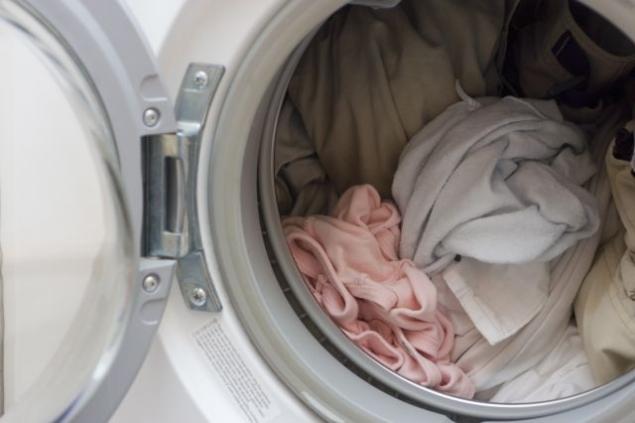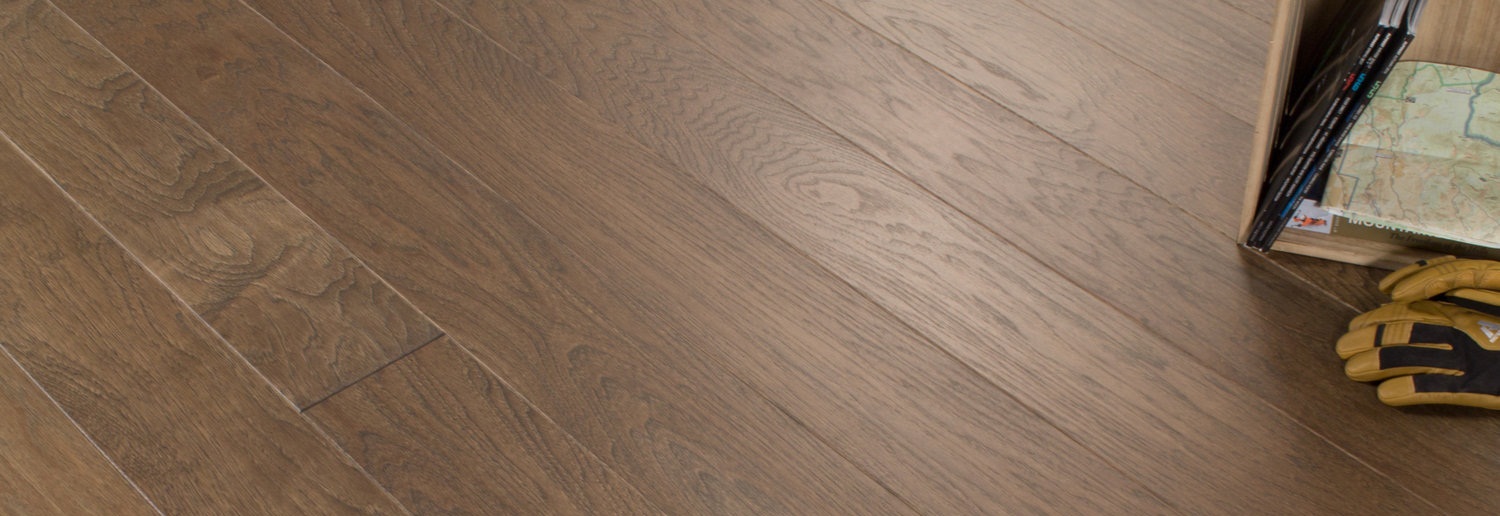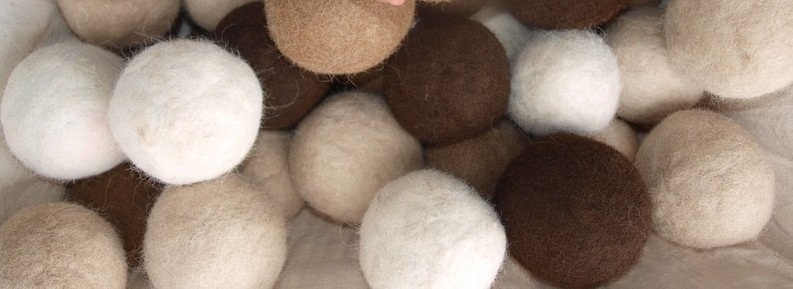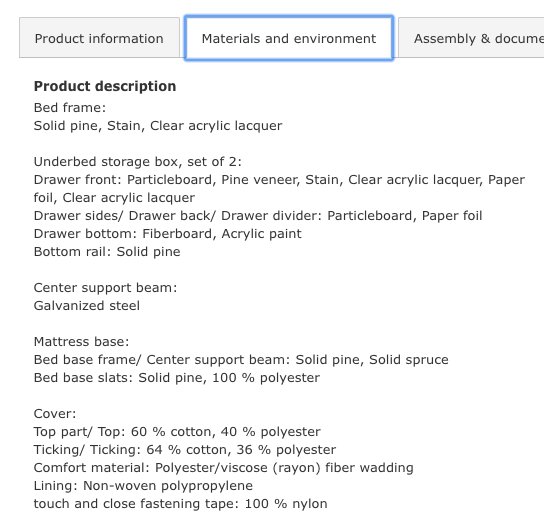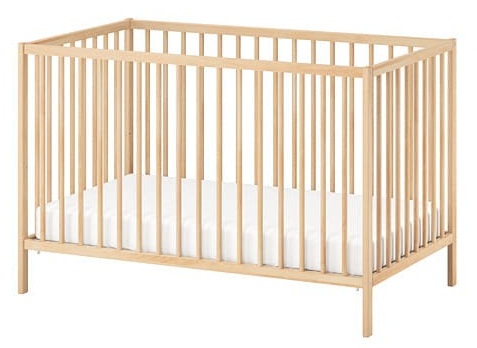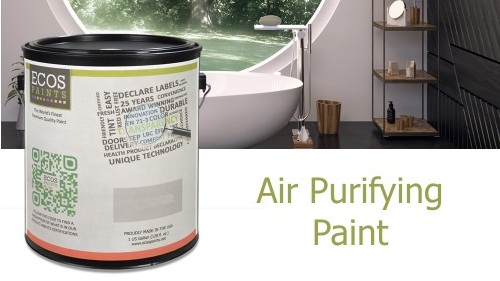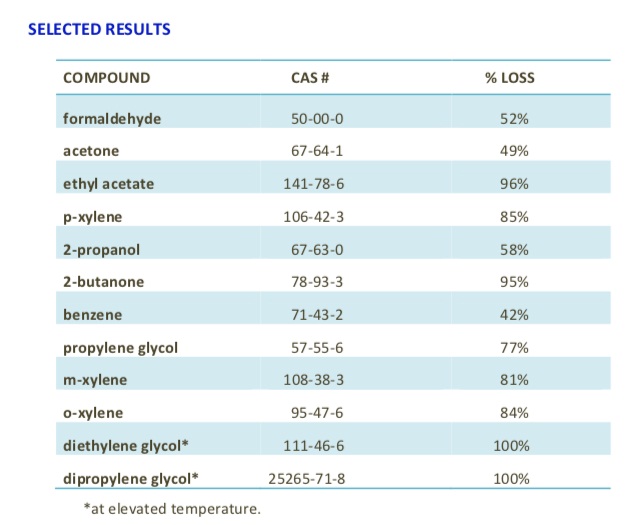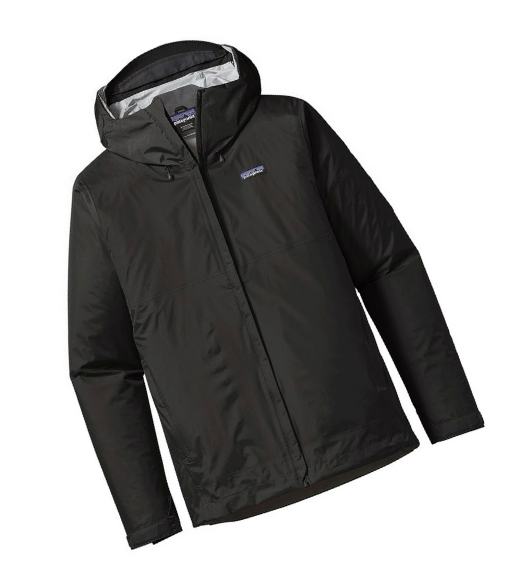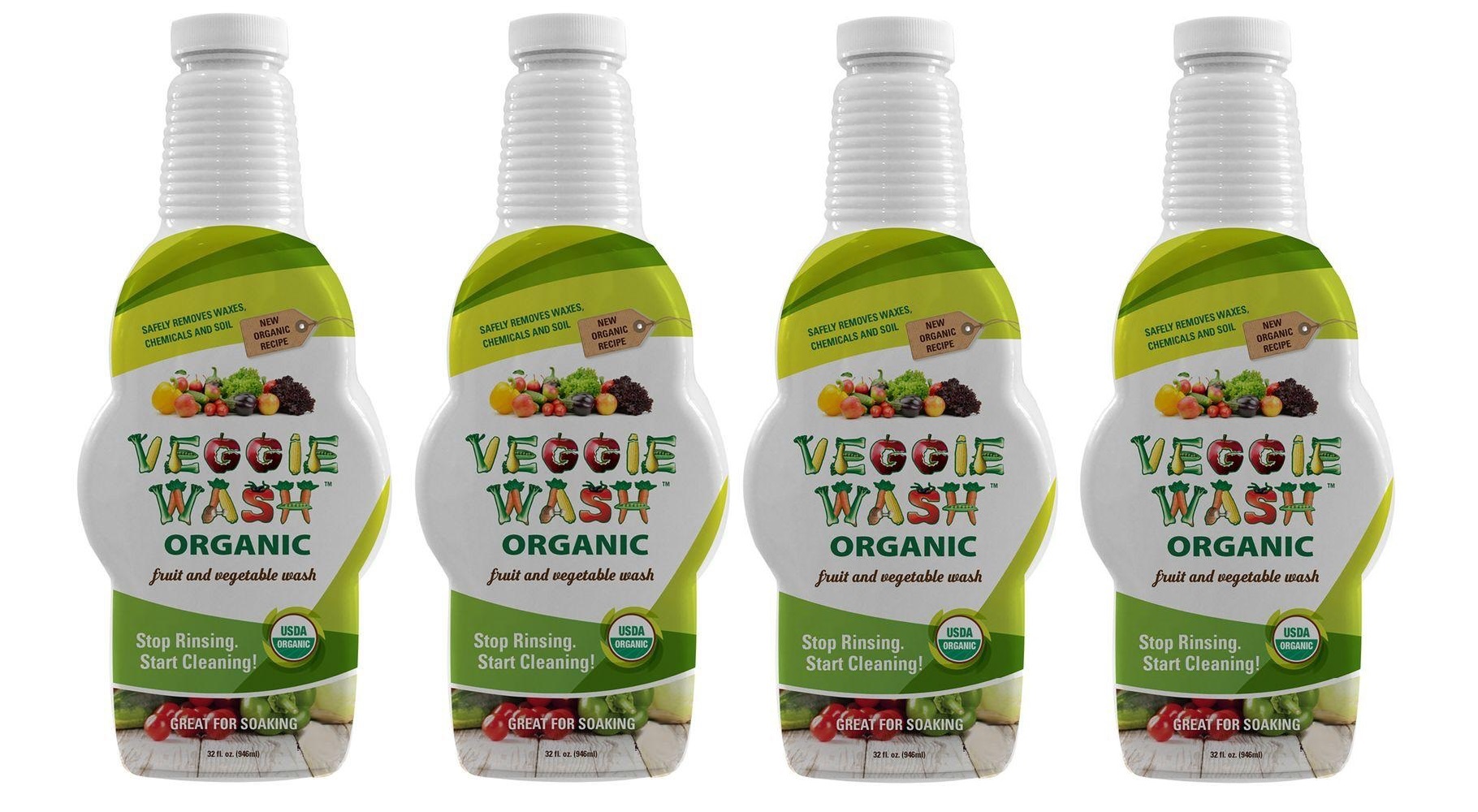
Submitted questions will be posted with my response by the following Tuesday or before.
Submitted comments will be moderated and approved within 24 hours.
Lead exposure everyday item- Tumble DRYER
Question from Carissa
Hi Debra,
Thanks for your amazing website and I am long time reader. It has helped me make a few decisions.
I am in a huge quandary at the moment and am wondering if I can get your opinion. I admit I do suffer from OCD and one of my contamination obsession is lead and chemical stuff. It is a lot better, finding a balance is tough and even tougher with 2 kids below 3 (a pending newborn coming soon!).
We have a recently purchased a European made dryer from a famous brand (MIELE) and I noted the back of the dryer has 6 bolt like fittings that are made of brass. I know about lead leaching from brass items, especially keys, as it is used as a lubricant for machining brass and the lead concentrate on the surface for that reason.
I use the dryer all the time to dry our babies’ clothes which will contact these brass bolts. And then babies will obviously chew on their clothes. I can’t test the bolts as they are embedded to the machine’s drum.
We also have new vinyl trims on our floor which tested at 300ppm lead. I cannot remove them without spending thousands of dollars replacing flooring. Our house is cleaned frequently.
I am wondering if these two scenarios will be something to be concerned about? I can’t do anything about the vinyl trims except for making sure I wipe over them weekly with water (chemicals will degrade the vinyl). I can sell the dryer but it will be at a huge financial loss. Just hoping for some advice on how to deal with these two situations with limited finances. Thank you so much!
Debra’s Answer
I understand your situation and concern.
We live in a world where it is impossible to reduce our total exposure from all sources to zero by using source reduction. While the first action to take is always remove toxic exposures at the source, when that is impossible, there is something else to do: detox.
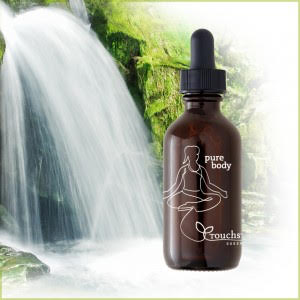 I highly recommend that you take a product called PureBody Liquid Zeolite. It gently removes lead and other heavy metals from your body. Your babies can take it too. There are many zeolite products on the market. This is the only one I use and recommend.
I highly recommend that you take a product called PureBody Liquid Zeolite. It gently removes lead and other heavy metals from your body. Your babies can take it too. There are many zeolite products on the market. This is the only one I use and recommend.
Taking liquid zeolite puts my mind at ease, knowing that I am doing something to help my body eliminate the lead and other heavy metals that I can’t avoid. These heavy metals stay in our bodies and accumulate because our bodies can’t eliminate them on their own. It’s easy, affordable, tasteless and good protection.
Is This No-VOC Engineered Wood Flooring?
Question from SM
Hi Debra,
I found this no-VOC engineered wood flooring, and I wonder if it is what they advertise: because they UV-cure the acrylic, there is no offgassing. I wonder if this could be similar to a Safe Coat on the floors:
https://www.eddiebauerfloors.com/about-our-floors
If not, are you aware of any truly VOC free engineered wood products?
Thanks so much!
Debra’s Answer
Well this is an interesting flooring.
In general, I don’t recommend engineered floorings because they are made from strips of wood glued together.
But the flooring is made from hardwoods over a birch core, manufactured without formaldehyde glues or solvents, and has a UV-cured acrylic layer.
Clearly they have an intent to have this flooring be good for Indoor Air Quality.
Actually these floorings are made by a hardwood flooring company that looks pretty amazing on their website: revelwoods.com
I tried to call them to get more information, but there was only a machine.
I would look into these flooring more closely before making a decision. but so far, so good.
Choosing and Using Dryer Balls as an Alternative to Toxic Scented Liquid Fabric Softener or Dryer Sheets
Question from JC
Hi Debra,
I’d like to begin using dryer balls to reduce static cling in our clothing. I’m guessing they are al not created equal. Can you point me in the right direction as to what to look for, brand recommendations, how many to use per load?
Thanks for helping keep the laundry process clean!
Debra’s Answer
First, I’m sure many of my readers are applauding you for wanting to stop using toxic scented liquid fabric softeners and dryer sheets.
Before I respond about dryer balls, I first want to tell you about static cling.
Static cling is the result of synthetic fabrics, such as polyester, nylon, and acrylic. These fabrics are made from petroleum, and running them through the dryer creates static cling.
Natural fibers do not create static cling. So if you are wearing natural fibers (as I do), there is no need to do anything to reduce or eliminate static cling because natural fibers don’t produce static cling.
There are many wool dryer balls available today. I just searched on “organic wool dryer balls” and there are plenty to choose from, so I would opt for organic rather than natural wool.
How many to use per load? It depends on the size of the load. For small loads, use 2 to 4. For large loads, use 6.
But my best recommendation is to simply switch to wearing only natural fiber clothing. Not only are natural fibers more comfortable and better for your health, there is no fabric softener needed.
NOTE TO THOSE WHO ARE AFFECTED BY NEIGHBORS’ SCENTED FABRIC SOFTENER: Try offering them some wool dryer balls. Don’t suggest they find and purchase some, GIVE them some dryer balls as a gift and ask them to use them. They just might like this alternative and it will save them money.
Shopping for Toxic-free Products at IKEA
Question from Dawn
Hi Debra,
Does anyone know about Ikea stuff? They claim some of their things are non voc etc. Does anyone have any actual experience though with buying anything new from them?
Irina: I did research on ikea before, and they officially used to claim (I haven’t checked for a while) and I read from other non toxic connoisseurs that IKEA has some of the highest standards for testing their products for toxicity and exceeding the set standards as well as not using flame retardants on their furniture. It was confirmed back then that their white basic dishes do not have lead or other heavy metals. The quality and durability of their furniture specifically is still often questionable though that’s my 2 cents.
Nancy: I have many pieces from Ikea. Solid wood and steel items are fine. And easy to put together….
Louise: On Debra’s suggestion, I got a lovely IKEA non-irritating green polypropylene (sp?) fake Christmas Tree in November. Love it so much am keeping it up year round, decorating each season with seasonal fun!
Eleanor: Does IKEA use fire retardant chemicals in their furniture? I know several companies have stopped using fire retardants.
Kathie: Take a look at Ikea Hemnes furniture. Solid pine. I have several pieces of the Hemnes. It might work for you.
Karen: I also have the Hemnes pieces and they are fine.
Marni: Same here.
Debra Lynn Dadd: Yes I have purchased things from IKEA for my own use and recommended them to clients but only some pieces are suitable and those are made with solid wood and they have a very light acrylic finish on them that has no odor. But then there are other pieces that are made from synthetic fabrics and particleboard so you have to read that the descriptions carefully. I want time I had the thought of going through IKEA and choosing all the furniture that I thought was acceptable. Would anybody like me to do that?
Melissa: Yes, I would greatly appreciate you recommending which pieces to purchase. Im on a limited budget and need a new couch, headboard, and dressers. Ikea fits my budget and my state of mind!!
Dottie: Debra Lynn Dadd, that would be great!
Debra’s Answer
First, here is Ikea’s Chemicals & Substances fact sheet.
Read it and you will see:
- no BPA in anything, not even the cash register recipts
- no brominated flame retardants. “We never add any chemical flame retardants to our products if not required to do so by national legislation. To avoid adding chemical flame retardants, we strive to use materials with inherent flame retardant properties instead, such as natural wool.”
- no PVC
- no phthalates in children’s products and food containers
- formaldehyde is “substantially reduced” but not completely eliminated
- no fluorinated (water-repellant) chemicals in shower curtains, umbrellas and ponchos
- no chrome in leather
- no “CMR” substances—may cause cancer, mutation or are toxic to reproduction.
- ban on lead, cadmium and mercury content
- ban on the use of azodyes in textiles and leather
And they invite customers to contact them if there are any questions.
Now, all that said, it’s been my experience that I have to read the labels CAREFULLY and understand materials to make sure I don’t buy a product that I consider to be toxic.
A great thing about IKEA is that they very clearly disclose all their materials on their website and on labels, so if you understand materials, you can figure out what’s toxic and what’s not. And this is why I am working so hard on Zero Toxics, so you have a place to look up materials and find out if they are toxic.
[Just as an aside one of the things I am running into is that manufacturers seem to be more willing to disclose materials now but they are less willing to explain what those materials are and their toxicity. That’s another reason why Zero Toxics is needed].
Someone mentioned HEMNES above, so I will use that as an example.
HEMNES BED FRAME WITH TWO STORAGE BOXES
Down below the product (you may need to scroll, there is a row of tabs)
Click on “Materials and Environment”
You’ll see that the frame is made from solid pine. Perfect. It has an acrylic lacquer finish. They have used this finish for years. I have purchased pieces with this finish with no problem. I’ve recommended it to clients and have had no complaints. It is made from petroleum, so if you need to stay away from materials made from petroleum, do not purchase any products from IKEA with this finish.
But then you get to the storage boxes, which are made from particleboard which ARE outgassing formaldehyde because IKEA has not banned formaldehyde.
MANY of their furniture pieces are made with particleboard.
So in this case, if you are OK with finish, you could purchase the frame, but not the store boxes, and I would consider that to be fine. I have, in fact, purchased an IKEA bed frame with no problem. And have purchased them for clients too.
You also need to watch out for stain, which may have VOCs.
I can’t possibly go through every product at IKEA and look at each one.
Many of the products I’ve purchased in the past are no longer available.
Here is one of my favorite products: SNIGLAR CRIB
Look at this product description: solid beech, solid beech, solid beech. And nothing else. Unfinished. They say the fabric is nylon but don’t say the filling on the mattress, Hmmmm. In any case, I would buy this crib and put a Naturepedic crib mattress in it and be perfectly happy.
In addition to the bed frame, I’ve also purchased a down comforter, cotton curtains, a kitchen island, glass food storage containers with silicon lids, water bottles, rods on which to hang kitchen accessories, shower curtains, my favorite linen dish towels, and various other items.
I just have to say that I have been shopping at IKEA for many years and have always loved it because I could get solid wood furniture and other natural materials, they have clean simple design, and great prices. But the last time I went there about six months ago I was very disappointed. The amount of natural materials used has decreased greatly and I noticed prices have gone up. That doesn’t mean you can’t find natural materials and bargains, but it is no longer the IKEA I once knew and loved.
Larry and I are actually going to be going to IKEA to look for things for our motorhome tiny house within the next month, so when I’m there I’ll take a look around and see what I can find and will add those items here.
If you have any products you are considering, post them here and I will translate for you.
A New Refrigerator That Doesn’t Outgas
Question from Irina
Hi Debra,
Hi there! I’m shopping for a new fridge, and I’m looking at the descriptions, ALL of them so far have prop 65 warning, which I’m not happy with, plus some of them smell terrible, like a toxic factory inside when I checked some out at stores.
Are there any refrigerators that are made with non toxic materials at all? Without the prop 65? Please share anything you know about this. Thank you.
Brenda: this site may have some suggestions. A Non-Toxic Kitchen
Leidy: I got a French door LG this past summer. The electrical readings are very very low (bought on advice of an EMF engineer guy) and there is no wifi feature. I am somewhat sensitive to smells and offgassing and I got zero smells coming from outside or in the fridge. It probably does have a prior 65 warning though. Most things do….but I think sometimes it is not fully in context?
Irina: Thank you for sharing your experience! I went with an LG French doors, no water dispenser (I hate those things filled with mold) and it was one of the better smelling ones. I was told that all of them have prop 65 warning.
Debra Lynn Dadd: One of the problems with the Prop 65 warning is there could be a tiny piece inside where you are not exposed to it and it’s not outgassing because the toxic substance is a particle and they still have to out the warning. But the bigger problem is the amount of plastics used in the interior that are outgassing. Here are a number of posts about choosing refrigerators from my Q&A, including How I Found My New Refrigerator.
Irina: Thank you! Thankfully, the one I ordered was the only one left so it’ll be a floor model it thankfully already did not have the smell at the store, I was super happy about that.
Alberto: my wife suffers from MCS pretty bad. We just went through a total kitchen renovation. We purchased Electrolux. I am familiar with most kitchen appliances as I am a Chef by trade. We’ve had it for several months now and without incidents, a great product.
Larry: Prop 65 was developed by ANTI-environmentalists. The original idea was sound: Call out bad stuff in the marketplace to protect consumers. What happened instead was a law that states that ANY published study ie real, not real, double blind or on the neighbors kids and duplicated or NEVER duplicated that indicates a precancerous condition for any ingredient has to be listed. So they get to use questionable (non) science to call out nearly every molecule in existence as a way to make the law unworkable and generally ignored (as it should be in its current form).
Irina: I am aware of the flaws with the prop 65 yet in combo with the offgassing odors fr the fridges which are by the way worse than ever! It made me triple concerned. I’m just so glad that there’s a group like this with people who are like minded and knowle…
Debra Lynn Dadd: Thanks Larry. I totally agree and didn’t know this background. Now I understand why it’s so unworkable. As a resident of the State of California I vote they just abolish it!
Irina: So our new fridge has been here for a couple of nights and I have to say I’m in love with it! No off-gassing at all and no reactions of any kind! The only parts that smelled a bit were all removable cheaper plastic/vinyl shelving, which we removed and placed outside and they aired out in a few hours we cleaned everything with my vinegar and essential oil mix and there was no toxic smell left. Thanks everyone for sharing your experience and recommendations!!! I really appreciate this knowledgeable group.
Does Ecos Air Purifying Paint Make Toxic Chemicals Stick To The Walls?
This past week on my Zero Toxics Facebook Group there was a question about ECOS Air Pure Air Purifying Paints.
I have used many ECOS paint and varnish products, but I’ve never used their “air purifying” products, and I just had a thought about them. They have trade-secret “inert minerals” that “trap” various harmful toxins and “transform each wall in your home into a massive indoor air filter.” This sounds good until you realize that this means THE HARMFUL TOXINS NEVER LEAVE. I wondered what group members think about this, and if anyone has used these products.
Since I can’t write a lengthy response on Facebook that includes multiple images and links, I thought I would respond here and link there.
This is actually a very good question.
I read everything on the webpage and then called ECOS and spoke with Julian Crawford, CEO of the company that is the US Distributor of Ecos Paints. I interviewed him in 2014 when I was doing Toxic Free Talk Radio (listen to our interview here)
Julian answered all of my questions and explained very clearly that the paint TRAPS the chemicals and then HOLDS them on the walls, thereby removing them from floating freely in the air where you can inhale them. The chemicals DO NOT release back into the room.
The web page says “VOC-neutralizing.” To me that means make something that was previously toxic becomes neutral. To ECOS this means that the room becomes neutral of toxic chemicals.
They consider applying this paint turns your room into a giant air filter. And it does, to a degree. It passively and silently is removing chemicals 24 hours a day to the capacity of the paint to hold the chemicals. How long it takes for the paint to reach capacity depends on how much VOCs are in the room. I have always been an advocate of removing chemical exposures as the first choice, but I also know there are times when it’s not possible to remove. A paint like this just might be perfect for a rented apartment, for example, where neighbors are sending toxic VOCs your way. But I would also have on hand a dedicated air filtration unit that removes both particles and VOCs to turn on when you need it.
Here are the reductions in chemicals present in the air of a room following the application of this paint (to read more, Click on tab “Data Sheets” then “APP Performance Test”.
I also noticed that ECOS is participating in the “Declare” program of the International Living Future Institute.
Below is the ECOS Declare statement that lists all the materials that are used in this paint. I’ve rewritten the ingredients along side because I find this format difficult to read.
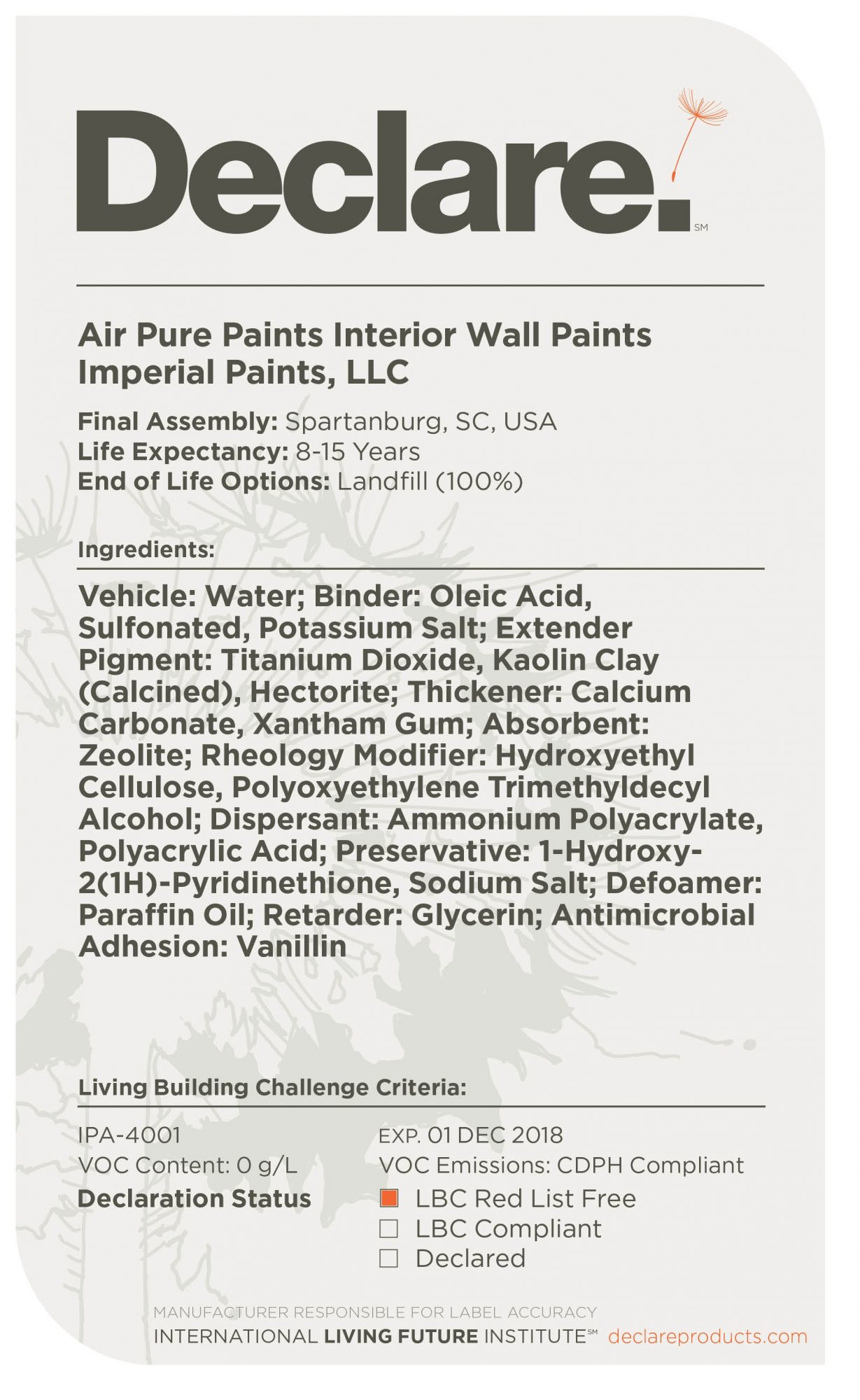 Vehicle: Water
Vehicle: Water
Binder: Oleic Acid, Sulfonated, Potassium Salt
Extender Pigment: Titanium Dioxide, Kaolin Clay (Calcinated), Hectorite
Thickener: Calcium Carbonate, Xanthan Gum
Absorbant: Zeolite, Rheology
Modifier: Hydroxethyl Alcohol Cellulose, Polyoxyethylene Trimethyldecyl Alcohol
Dispersant: Ammonium Polyacrylate, Polyacrylic Acid
Preservative: 1-Hydroxy-2(1h)-Pyridinethione, Sodium Salt
Defoamer: Paraffin Oil
Retarder: Glycerin
Antimicrobial Adhesion: Vanillin
This is an interesting list of ingredients. Ecos does not claim their paints are “natural,” they claim their paints are “odorless.” Julian sent me a box of samples of all their different types of paints and finishes before our interview in 2014 and they certainly were odorless. But if you have a personal need to eliminate petroleum, this isn’t your paint.
It’s interesting to me that on one hand there are petroleum ingredients and on the other hand there are edible food ingredients such as sodium and potassium salts, xanthin gum, and zeolite.
In addition to air purifying paint, ECOS also has
- Air Purifying Primer
- Air Purifying Varnish
- Anti-Formaldehyde Paint
- Anti-Formaldehyde Radiator Paint
See them all at ECOS Air Purifying Products.
Seventh Generation Disinfecting Spray (and Other Alternatives)
Question from JC
Hi Debra,
Thanks for all your efforts to keep everyone safe and healthy!
I was wondering about using the Seventh Generation Disinfecting Spray (lavendar scent) on my son’s mattress where he was sick recently.
His skin would not come into contact with it directly and it dries quickly, but I wanted to double check with someone more knowledgeable regarding its safety!
Thanks again!
Debra’s Answer
Here are the ingredients for this product from the Seventh Generation website
ACTIVE INGREDIENT:
Thymol (present as a component of Thyme Oil): 0.05%.
OTHER INGREDIENTS:
- Water
- sodium lauryl sulfate
- copper sulfate pentahydrate (bluestone)
- citric acid
- sodium citrate
- essential oils fragrance††
Compressed air (propellant).
- Coriandrum sativum (coriander) fruit oil
- cymbopogon martini (palmarosa) oil
- eucalyptus globulus leaf oil
- lavandula angustifolia (lavender) oil
- lavandula hybrida (lavandin) oil
- mentha viridis (spearmint) leaf oil
- pelargonium graveolens (geranium) extract
- pogostemon cablin (patchouli) oil
- vanilla planifolia flower extract
- vanillin
†† Linalool is a component of this fragrance
OK so first, let’s note that the active ingredient is Thyme Oil. That’s what is doing the disinfecting. Just search on “thyme oil” and you’ll find many articles on it’s effectiveness as a disinfectant. So you could simply buy thyme oil and spray it on his bed and it would be like using the herb in food, but stronger. And there are other essential oils that could be used for disinfecting as well.
But back to the product you want to use.
I don’t see any ingredients that are particularly toxic here, they are just unnecessary to do the disinfecting.
I’m not sure about how they have worded the fragrance ingredients. There seems to be an “essential oil fragrance” that contain Linalool along with other essential oils. And then they list some other essential oils. So I’m not really sure about all this fragrance. And linalool might cause skin rashes but…
I don’t have a toxic reason to tell you not to use this product,
My only reasoning is simpler is always better.
Here’s another interesting post I came across while researching this:
KITCHEN STEWARDSHIP: EPA Says Natural Disinfectant as Effective as Bleach
Recycled Nylon Nontoxic?
Question from Jason
Hi Debra,
I was wondering is clothing with recycled nylon in it such as Tracksuits,outwear jackets &etc are they safe to wear? Reason i ask is i am intrested in buying this Rain jacket https://www.patagonia.com/product/mens-torrentshell-rain-jacket/83802.html.
Thanks.
Debra’s Answer
Here’s a page from Patagonia about their recycled nylon.
Nylon is made from petroleum but it not a major chemical of concern. So I wouldn’t call this fabric “toxic” but it may not be suitable for some people sensitive to petroleum.
My greater concern for a product such as this is waterproofing. Patagonia is a very conscious and responsible company that is working hard to eliminate toxics in an industry where waterproofing has historically been very toxic.
The description says they use ” H2No® Performance Standard ”
You can go to this page to see all their materials and this page to see H2No® Performance Standard specifically. It has a lot of data about how they test for waterproofness but doesn’t say anything about the chemicals, nor does it claim to not be toxic,
I think I’ll give Patagonia a call and see how far I can get with them about full disclosure or materials.
I’ll report back next week.
For now, recycled nylon OK, waterproofing UNKNOWN.
UPDATE 12 March 2019
As promised above, I did call Patagonia customer service at 800) 638-6464.
I have not recommended Patagonia clothing in the past because of their use of toxic waterproofing. While Patagonia has taken many steps to improve the environmental impacts of their products, human health does not seem to be as much a priority.
If you do want to purchases a Patagonia product, please call customer service and find out what type of waterproofing is used on the product, which is NOT clearly disclosed even on website descriptions.
So this particular jacket description says that it has a DWR (durable water repellant) finish. Sounds like it will keep you nice and dry, but what they don’t tell you is that DWR waterepellants are made from fluorinated chemicals (think Teflon).
I went to their Durable Water Repellant page . It says, “Patagonia has long relied on a DWR with perfluorinated compound (PFC) but we have been searching diligently for an alternative because of its harmful environmental impacts.” No mention of health effects to their customers.
Then later on the page they say “And for the Fall 2019 season, we are pleased to introduce our first products that use PFC-free chemistries.”
Customer service told me the above statement applies to only a few products, and this jacket in question is NOT one of them. So it has PFC waterproofing.
READ MORE ABOUT PERFLUORINATED CHEMICALS (PFCs) ON ZERO TOXICS KNOWLEDGE BASE.
Choosing a Toxic-Free Range
Question from Andie
Hi Debra,
So grateful for you and loving your new website! Congrats!
My question: we desperately need a new oven and don’t know what to do!
Is it safer for us to purchase a floor model, that’s been sitting in an open room for a time? Or will it still outgas when it’s home and used for the first time(s)?
Really do not know what to do about ovens and this issue. Thank you!
Debra’s Answer
I wish I could just tell you to go purchase a certain brand but haven’t found one yet that has been designed to be toxic-free. This is one of those items where I need to educate the industry. That’s part of why I’m establishing my Zero Toxics website.
The last time I purchased a stove, I purchased a floor model at Lowe’s. And it was fine.
The last time I purchased a refrigerator was at a Sears Appliance Outlet. Just type that into your favorite search engine and your local outlet will come up. Also try Sears Scratch and Dent Appliances.
These appliances have been returned or refurbished or scratched during shipping. They all work just fine but have minor imperfections. I bought my last washer/dryer at a Sear Appliance Outlet store too.
So that would be the first place I would go.
Fruit & Vegetable Wash Safe?
Question from LM
Hi Debra,
I buy organic produce but I still feel like I have to wash it. Are the “non-toxic” fruit and vegetable washes safe? I’m reading the ingredients for a popular one by ECOS that sells at my local food co-op and the ingredients are:
- Water
- Alcohol Denatured. (corn-derived solvent)\
- Decyl Glucoside (plant-powered surfactant)
- Potassium Sorbate (food grade preservative)
- Citric Acid (plant-powered pH adjuster)
Comments? Thanks Debra!
Debra’s Answer
I can’t make a case for this product being “toxic.” It certainly doesn’t contain any of the major chemicals of concern. So in that sense I would have to call it toxic-free.
But here’s my concern. It’s basically an industrial product made from industrial ingredients. Yes the source material for these ingredients are plants, and they appear to be organic (at least there is an organic logo on the label, though nothing says “organic” in the ingredients list.
So these plants are put into a factory and broken down in some way into industrial ingredients that are then combined in a factory into a wash that you are going to push on your organic vegetables and fruits.
Just look at this for a moment. You’ve purchase organic produce. Now you are going to clean it with industrial ingredients. The first ingredient is water. Hmmmm. What kind of water. Probably tap water. If you are buying organic produce you probably are using filtered water. We don’t know what their water is. They are not telling us.
Is this really a necessary product? What is it that you want to remove from your organic produce with this product?
I just rinse my organic produce with filtered water. I’ve never used produce washes and don’t find them necessary.
UPDATE 3/17/19
I just found a very long list of certified biobasaed fruit and vegetable washes.
If this is a product you are interested in, this list would be a good place to compare what percentage of their ingredients are not petroleum.

